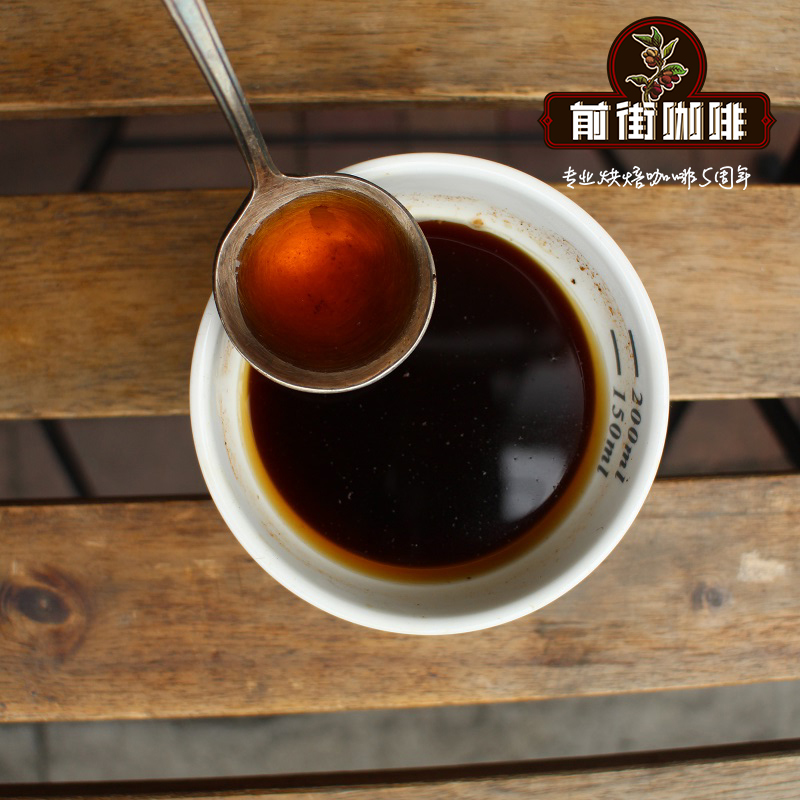How did hand-brewed coffee rise Melita filter cup who invented the history of hand-brewed coffee

Professional coffee knowledge exchange More coffee bean information Please pay attention to coffee workshop (Weixin Official Accounts cafe_style)
With the third wave of coffee sweeping, boutique coffee has become the mainstream of the global coffee industry, and one of the most shining treasures, than hand-brewed coffee. In addition to the large number of cafes specializing in hand-brewed coffee, because hand-brewed coffee is very personal, it has also blown up a wave of personalized hand-brewed coffee, and even on social media, the community belonging to hand-brewed coffee has gradually taken shape.
Then, do you, who love hand-washing, know the history of hand-washing?
Many people mistakenly believe that hand-brewed coffee was invented in Japan. In fact, the modern method of making hand-brewed coffee comes from an unexpected country-Germany. The inventor of the filter cup used in this brewing method is a legendary woman in the European coffee world, because she went from an ordinary housewife to a company chairman.
Since coffee was introduced into Europe from Arabia, the traditional way of making coffee in Europe is mainly to filter coffee grounds with linen or metal filters. However, if linen is used, it must be cleaned very clean after each use, otherwise it will stink. If the metal filter is used, it is limited to the level of technology at that time, and it is impossible to make enough fine pores, so many coffee grounds will pass through the filter.
The modern technology of filtering coffee powder through filter paper was invented by German housewife Melitta Bentz in the early 20th century and patented in 1908.
Mrs. Melita, then 35, loved coffee very much, but she thought the traditional way of making coffee was quite troublesome, so she always hoped to invent a more convenient and simple way to make coffee. When she was worried about this, she happened to see her son's school workbook. With a brainstorm, she used the ink paper of the workbook to make the world's first coffee filter paper.
The quality of filter paper made of ink paper is quite light, and compared with linen, the cost is low, it is discarded after use, and there is less trouble in cleaning. The filter function is even better. Compared with the metal filter, after brewing coffee with less coffee grounds, not only the strange taste of coffee grounds in the mouth disappears, but also the bitterness and astringency are reduced. The coffee made is more smooth than before. In addition, Mrs. Melita also created a hand-washed ceramic filter cup.
Melita's friends were so shocked by the taste of her hand-brewed coffee that some suggested she start her own business and sell filter paper and cups as a commodity. This proposal was attractive to Mrs. Melita, but it was difficult to decide, because it was very special in Germany at that time. The traditional idea was that a housewife should run a house well, not start a company.
Mrs. Melita has the characteristics of typical German women-resolute, independent, strong, young, she does not want her grave after death to only write "housewife" four words, she does not want her life to be like this ordinary past. In 1908, Mrs. Melitta patented her own filter paper and filter cup, and founded The Melitta Company the same year.
What is surprising is that, under the suspicion of everyone, Mrs. Melita may have inherited the experience of entrepreneurship and management in the family, and the company's management was quite outstanding. Not only did she expand the customer base through word of mouth, but the equipment for hand brewing coffee was constantly innovated. In the 1920s and 1930s, she introduced a series of new products.
As the company's products sold well across Europe, Mrs. Melita's invention of hand-brewed coffee took the world by storm. This established Mrs. Melita's status as a "godmother" in the coffee brewing industry. The success of her first venture must have envied many people.
Melitta ran the company as a family business and continued to be chairman of the company until her death in 1950, and as hand-punching enthusiasts know, The Melitta Company is still the leading brand in the European hand-punching industry.
However, with the gradual popularity of Italian coffee machines, and in the 1980s and 1990s, Starbucks, which represented coffee commercialization and American fast culture, gradually declined in Europe and America. It wasn't until the past decade or so that hand-brewed coffee rose again in Japan with the third wave of coffee.
Today's hand-brewed coffee can be said to be combined with Japan's "Zen" and "tea ceremony", emphasizing self-exploration and enjoyment in the brewing process, and carried forward by Taguchi teacher, and then gradually introduced to Taiwan.
In fact, in the past few years, hand-brewed coffee has gradually revived in Europe and the United States. Coffee originated in Ethiopia, introduced to Europe by Arab merchants until modern times, Italians invented the Italian coffee machine, Americans used Starbucks to conquer the world, hand brewing was invented by Germany, but gradually declined and now combined with Asian traditional culture, from Japan back to Europe and America. Coffee has always been the crystallization of East-West fusion and conflict.
Important Notice :
前街咖啡 FrontStreet Coffee has moved to new addredd:
FrontStreet Coffee Address: 315,Donghua East Road,GuangZhou
Tel:020 38364473
- Prev

How did hand-brewed coffee rise? who invented the history of hand-brewed coffee?
Professional coffee knowledge exchange more coffee bean information Please follow the coffee workshop (Wechat official account cafe_style) with the third wave of coffee, boutique coffee has become the mainstream of the global coffee industry, and nothing is more shining than hand-brewed coffee. In addition to the emergence of a large number of coffee shops specializing in hand-brewed coffee, hand brewing is very particular about personal feelings.
- Next

How to make the perfect hand-made coffee at home? That's all you can do! Hand-made coffee course
Professional coffee knowledge exchange more coffee bean information please follow the coffee workshop (Wechat official account cafe_style) new coffee machines are available year after year, especially this year! But can high-end equipment alone improve the quality of coffee? Not exactly! No matter what kind of device we use, if we don't understand how it brews, we will never be able to make really good coffee. Today, just let
Related
- Beginners will see the "Coffee pull flower" guide!
- What is the difference between ice blog purified milk and ordinary milk coffee?
- Why is the Philippines the largest producer of crops in Liberia?
- For coffee extraction, should the fine powder be retained?
- How does extracted espresso fill pressed powder? How much strength does it take to press the powder?
- How to make jasmine cold extract coffee? Is the jasmine + latte good?
- Will this little toy really make the coffee taste better? How does Lily Drip affect coffee extraction?
- Will the action of slapping the filter cup also affect coffee extraction?
- What's the difference between powder-to-water ratio and powder-to-liquid ratio?
- What is the Ethiopian local species? What does it have to do with Heirloom native species?

